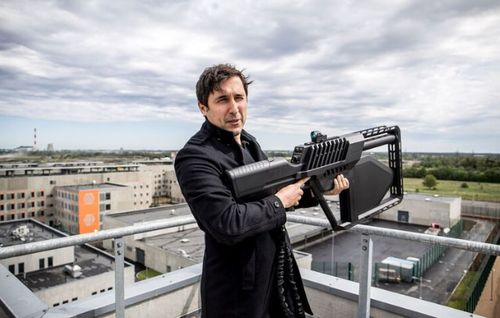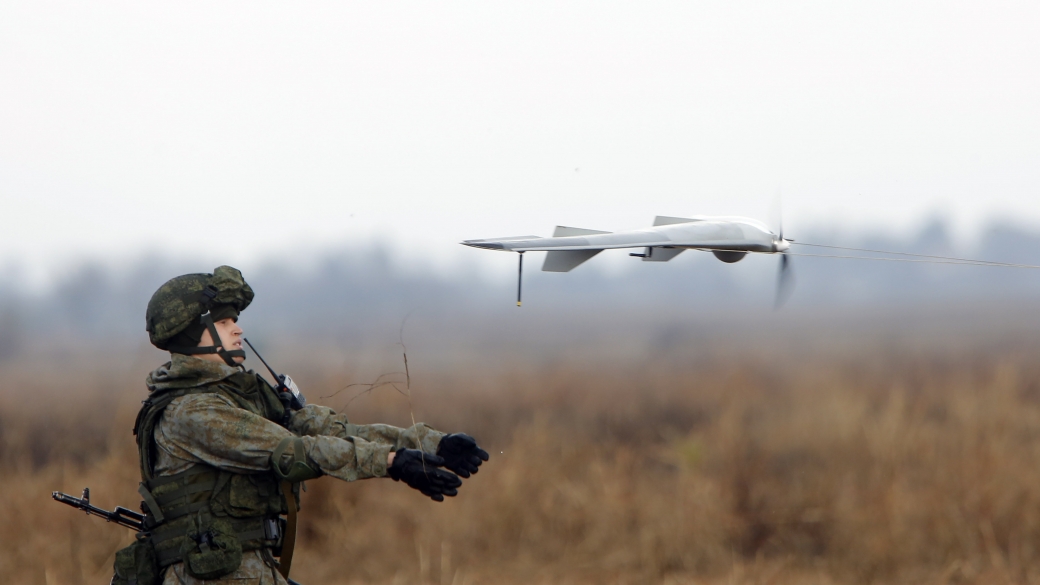Australian company’s drone jammers helping Ukraine fight Russia
Australian-built drone jamming guns are helping protect Ukrainian military units from Russian attacks.
Sydney-based technology company DroneShield told 9news.com.au it had been supplying Ukraine with its equipment as part of a military aid contract.
The company was founded seven years ago with the aim of producing technology to counter civilian drones adapted for military uses.

DroneShield chief executive Oleg Vornik said the use of drones by Ukraine and Russia in the war had propelled the unmanned aerial vehicles into the media spotlight.
“Small drones were used against Saudi Arabia, in the Armenia-Azerbaijan conflict and the Syrian conflict,” he said.
“But drones largely stayed off the front pages in those conflicts until the Ukrainian conflict came along and drones were front and centre.”
Since the Ukraine war started on February 24, drones have been used by both sides to pinpoint enemy positions, guide artillery strikes, track troop movements and jam opposing forces’ communications.
Vornik said his company’s Drone Gun and hand-held radio-sized units have proven effective in Ukraine because many Russian drones used Western componentry.
“Even Russian military-grade drones use commercial parts … our gear is quite effective in detecting and defeating those drones,” he said.

He said the response from Ukraine’s military about the performance of the Australian built technology was largely positive.
Drone-jamming technology works by blocking the signal a drone sends to its ground station, or pilot.
Vornik said he agrees with many defence experts that the wide use of drones in Ukraine has changed the face of modern warfare.
In the early part of the war, Ukraine extensively used its stocks of Turkish-made Bayraktar TB-2 laser-guided, bomb-dropping drones to hit long convoys of Russian troops and supply columns.

Since the war began, the US and Western allies have shipped hundreds of other drones, including an unspecified number of “kamikaze” Switchblade 600s that carry tank-piercing warheads and use artificial intelligence to track targets.
But their range is limited, and they can only stay aloft for about 40 minutes.
Ukraine has pushed strongly for more advanced long-range drones that can survive radio interference and GPS jamming and rely on satellite communications for control and navigation.








